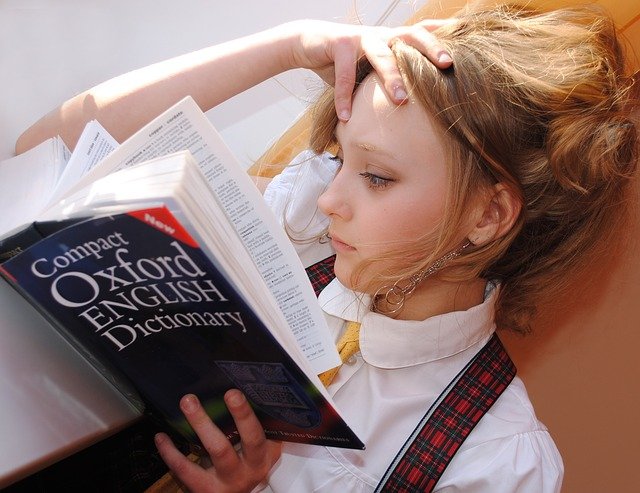What is matter in English
Schools of all types and levels have activated experiments with material communicated in a foreign language based on didactic autonomy.
Foreign language specialist instruction is mandatory in the final year at grammar schools and universities of applied sciences.
In linguistic grammar schools, teaching is carried out in a foreign language from the third year and in another foreign language from the fourth year.
The term CLIL stands for Content and Language Integrated Learning. It is a methodology that provides for the teaching of material in a foreign language. It promotes both the acquisition of specialist material and foreign language learning.
Mode of Regulation
With Law 53 of 2003, the Higher Secondary level was reorganized and the 2010 Implementation Rules introduced the teaching of foreign languages in high schools and technical institutions.
As well as the Non-Linguistic Subject (DNL) in two disciplines. -Linguistic last year. , a foreign language in third and fourth year linguistic high schools.
Law 107, Article 7, of 2015 defines the main training objectives as “the improvement and strengthening of language skills, especially in relation to Italian as well as English and other languages of the European Union.
through the use of materials Too” . Language-integrated learning methodology“.
The 2016-2019 Teacher Training Plan 4.4 in Foreign Language Skills outlines that the curriculum of the CLIL method is fundamental to.
Fully implement the provisions of the 2010 Ordinances
Expand the educational offer through material in foreign languages to all classes of primary school as well as at secondary I and II levels.
First Experience
CLIL is a teaching method that has developed in various European countries since the mid-1990s, when in Italy, thanks to the development of European projects organized.
By various institutions and universities, some schools decided to teach the subject material ‘abroad’. experience gained. . Our country is the first country in the European Union to introduce CLIL at Secondary Level II systematically.
CLIL Teacher Profile
CLIL Secondary School Teacher Profile is characterized by:
Language and communication skills in a foreign vehicle at level C1 of the Common European Framework of Reference for Languages (GER)
Methodological and didactic skills acquired at the end of a university specialization course, equivalent to 60 credits for teachers in initial training and 20 credits for teachers in service.
Initiatives & Projects
Miur promotes and supports the introduction of teaching using the CLIL method through a number of initiatives, actions and schemes, including in-service training courses for non-language teachers (DNL).
At the higher secondary level, which are methodological, didactic and linguistic. develops both. Skills to attain Level C1 (GER).
Over the years, the Ministry of Education has provided schools with guidelines and procedures for slowly and flexibly introducing.
Non-language teaching in a foreign language using the CLIL method. Note 4969 dated 16 January 2013 and 25 July 2014).
In Miur’s initiative, we should also mention the promotion of the school network and CLIL projects.
REIFENFÄCHER 2015: All in one click, the new English tray
With Matura 2015, several innovations took effect, such as new subjects for the second exam and the foreign language subject (QIL), which is English in most schools.
In contrast to the possible elimination of the Board of Examinations and the number of external commissioners, two very important openings, which is natural since Miur wrote the rules that pertain to them.
Obviously, though, some graduates have more than a few doubts about what to do: How does the quill work? How is the subject of English language assessed in the undergraduate examination?
Due Matters 2015: Beginning and third test of oral quill
Going in sequence, we refer to Miur’s focus, published on 31 July, entitled “The Fifth Year of Klill: Some Lessons in Subjects such as Science and Geography can be Taught in a Foreign Language”.
It is explained here that the Gelemini reform 2015 will be fully functional from Abitur and therefore foreign language teaching in non-language subjects (such as art, history or geography) will become active in the fifth year.
The circular (which you can find here) also explains how and with how many hours per year this should be done and, above all, includes information on the existence.
Of the case in English within the questions of the third test of oral school.
